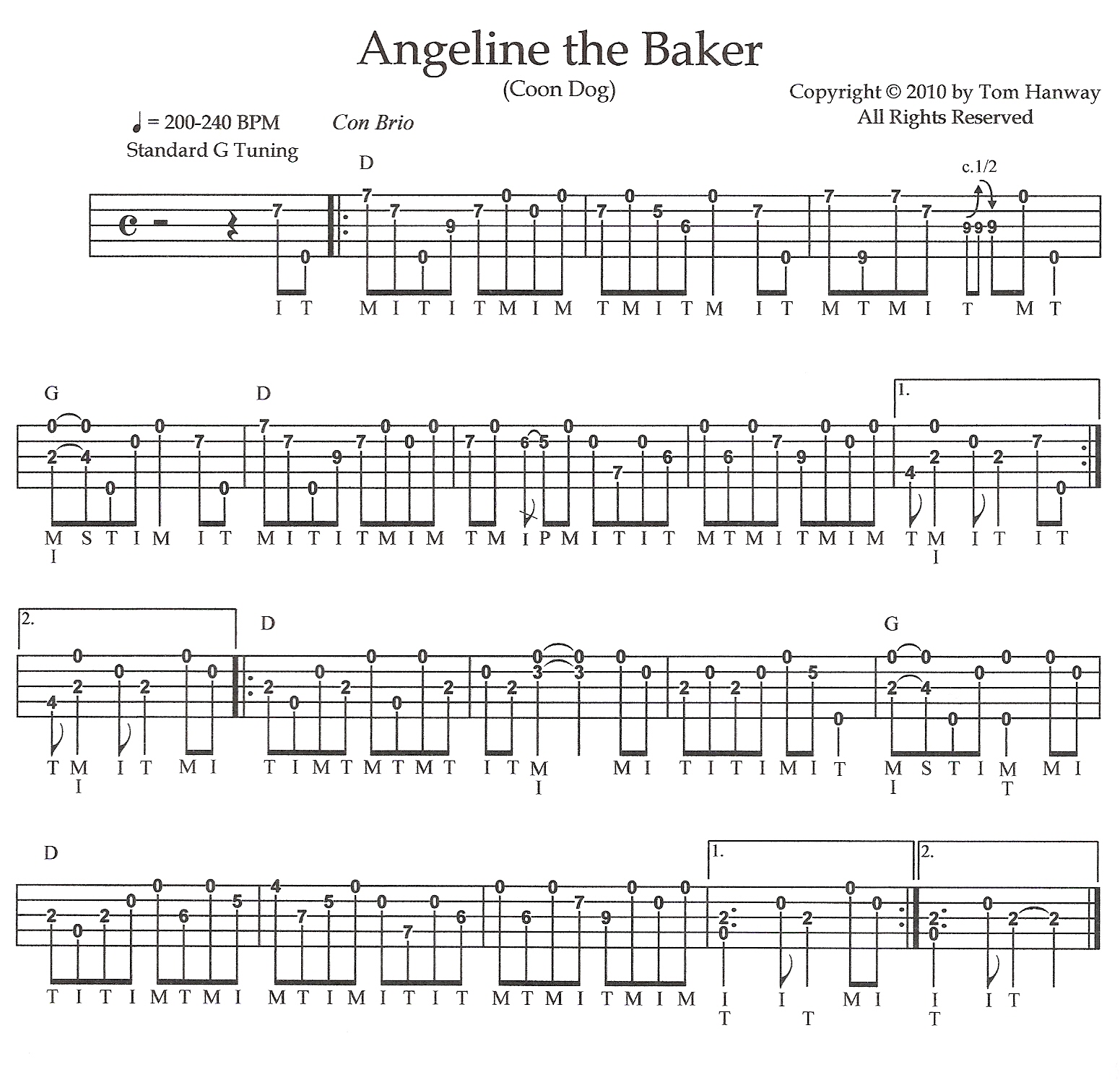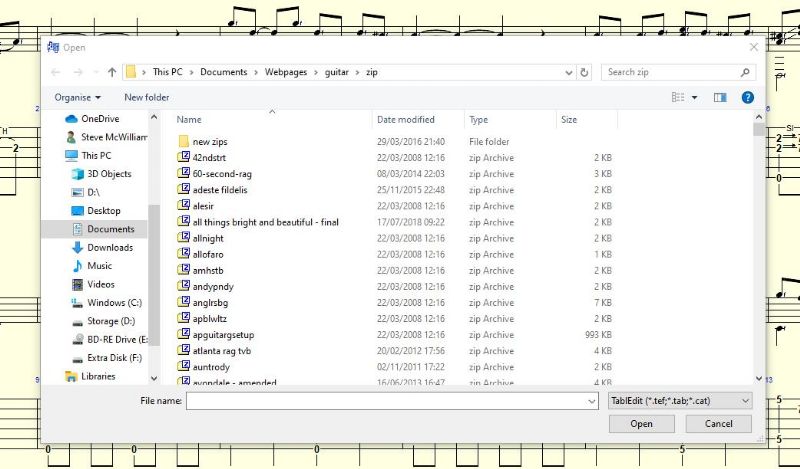

Note: the system that uses letters to represent frets is called French tablature. For historical reasons, the letter 'j' is omitted so 'k' is actually the 9th fret, 'l' the 10th fret, In TalkingTab, frets are represented by a letter from 'a' to 'z', small pieces of wood glued directly on the body of the lute,Īs opposed to the gut frets used on the neck of the instrument. Those high frets are usually referred to as tastini, i.e. There is also a varying number of frets on lute family instruments, usually from 10 to 12, but occasionally up to 17. So the firstĬourse is always the highest pitched - but also usually the closest to the ground. Instruments have a varying number of courses, from 5 (during the 15th century) up to 16 in the 17th century. In TalkingTab, courses are numbered from the treble - or highest note - downwards.

Note that a 6-course lute has 13 strings, 5 double strings and the treble which is usually single. For example, the treble A on a G lute is done by pressing the second fret of the first, Here are the technical definitions needed to understand the Braille tablature format:Īs in all string intruments tablature formats, notes are represented by a combination of the string and fret Cripps tab format to add to its already impressive catalog of musicįor lute, theorbo, baroque guitar, cittern, etc.
#Tabledit pullof software#
Software formats like Tabledit, GuitarPro or W. Pieces of music for the lute and guitar! Additionally, Fandango also allows you to import some popular tablature Thanks to Fandango and the TalkingTab tablature format, blind people can gain instant access to tens of thousands of Huge thanks to Alain Veylit for his many hours of help on this project over the years.

There are litterally millions of tab files on the web, which until now, have been inaccessible to visually impaired musicians.Īll that has now changed with Talking Tab. You can of course send it to a Braille embosser. With the many advancements in screen reader technology, and the high barrier to entry with Braille, I have adapted my system to be completely intelligible when using a screen reader. I feel now, we have a very comprehensive system, which works for any kind of tab representation. I have been using this system for many years and have made many adjustments and alterations.

There was no system of Braille lute tablature, so I developed my own back in the 1990's, with the help of scholar Tim Crawford. I started life as a classical guitarist, but also played electric guitar in my teens, before switching to lute at the Royal Academy of Music in London England. I believe though, that it's pretty close.)Ī few of the things I've learned and would like to pass on in regard to the Stroke/Minstrel style can be found by scrolling to the bottom of the Miscellaneous page.Hello! My name is Matt Wadsworth and I play the lute and theorbo all over the world. (Tab is my interpretation of how the tune is played in the "How it should be played" link below. Playing for Dancers (1995 Bethel MO Youth Fiddle Camp)Ĭongratulations to Chuck Lee Banjo Maker in the American Craftsman ProjectĬheck this link for some Bob Holt fiddling in McClurg MO on November 22, 1999. Note Lonesome Polly Ann at 14:25. Bob is not plucking the string here as I thought he did.


 0 kommentar(er)
0 kommentar(er)
